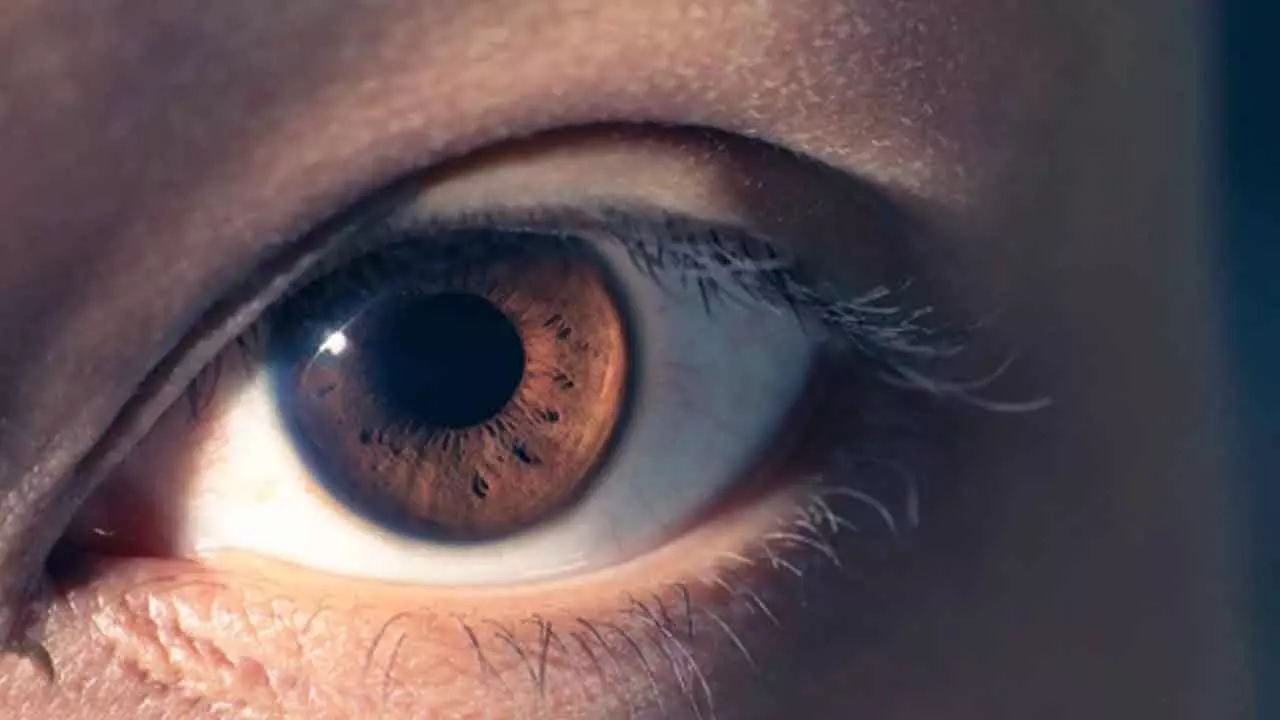Unique connectivity patterns in people born blind: Study
The visual cortex in individuals born blind responds to various stimuli, including touch and sound
Unique connectivity patterns in people born blind: Study

The research involved functional MRI scans of blind participants over two years, revealing that their connectivity patterns remained consistent regardless of tasks such as localising sounds or identifying shapes
New Delhi: People born blind develop unique connectivity patterns in the primary visual cortex, akin to a fingerprint, a new study by Georgetown University neuroscientists reveals.
Published in Proceedings of the National Academy of Sciences (PNAS), these findings could inform personalised rehabilitation and sight restoration strategies.
The study, led by Lenia Amaral, PhD, and Ella Striem-Amit, PhD, explores how the visual cortex in individuals born blind responds to various stimuli, including touch and sound. Unlike the consistent visual cortex connectivity in sighted people, blind individuals exhibit highly individual patterns that are stable over time.
The research involved functional MRI scans of blind participants over two years, revealing that their connectivity patterns remained consistent regardless of tasks such as localising sounds or identifying shapes.
Amaral noted, "These patterns did not change significantly based on the task at hand, underscoring the uniqueness and stability of these neural connections."
"We don’t see this level of variation in the visual cortex connectivity among individuals who can see," said Striem-Amit. "The connectivity pattern in people born blind is like an individual fingerprint, identifiable and stable over time."

